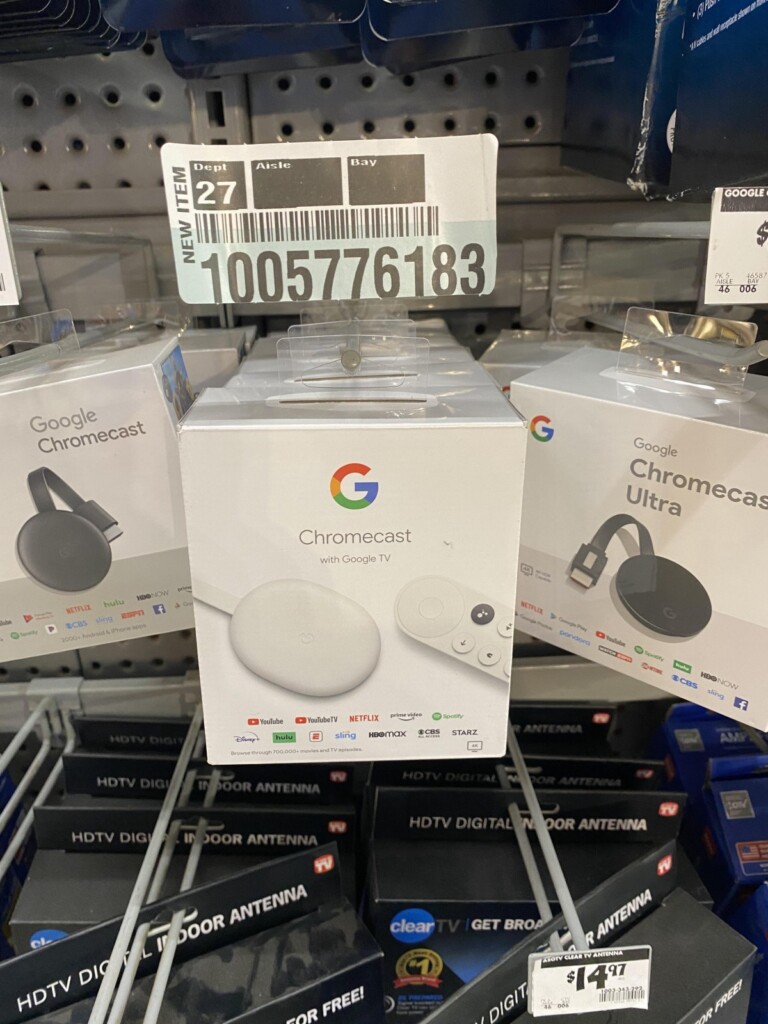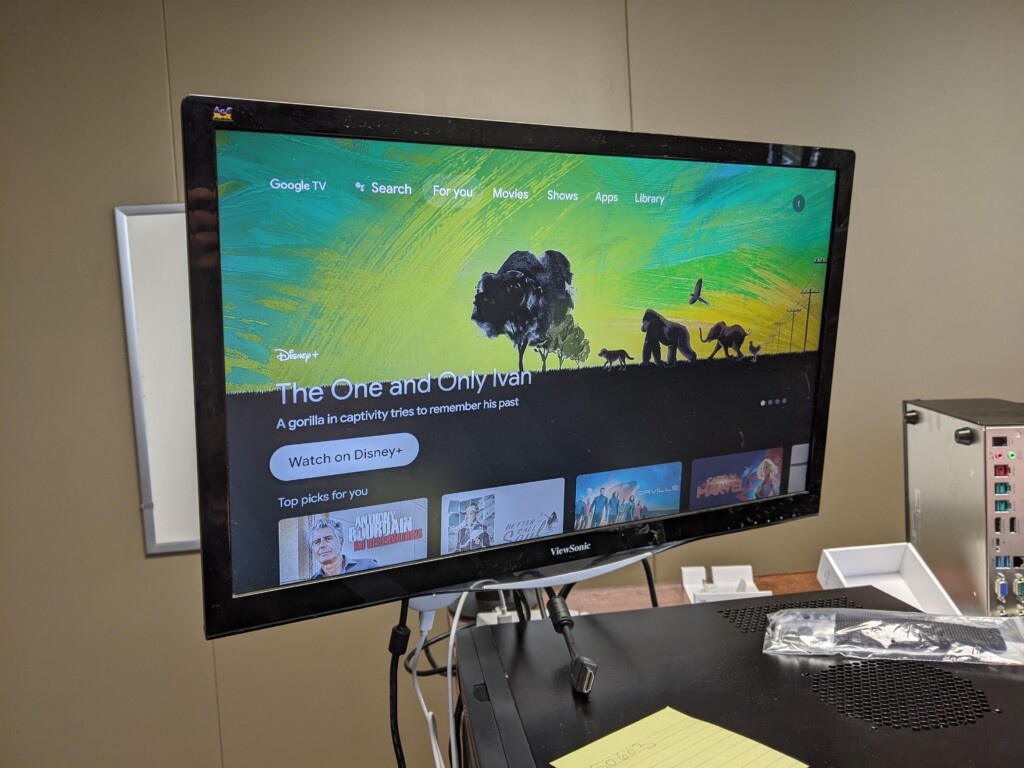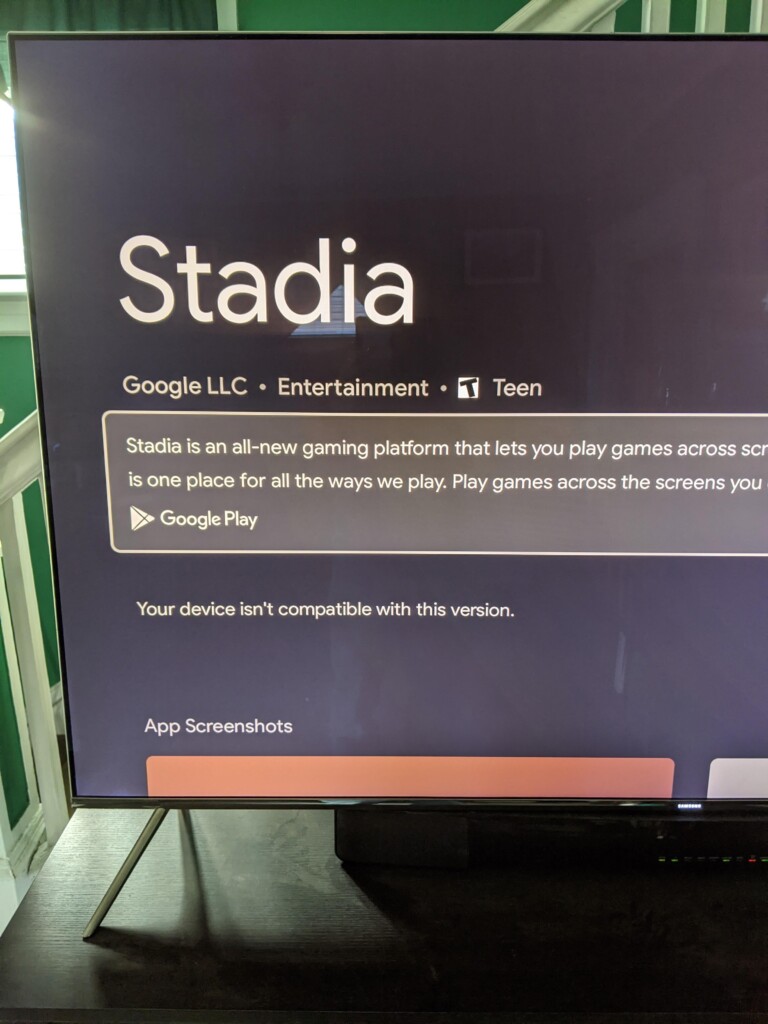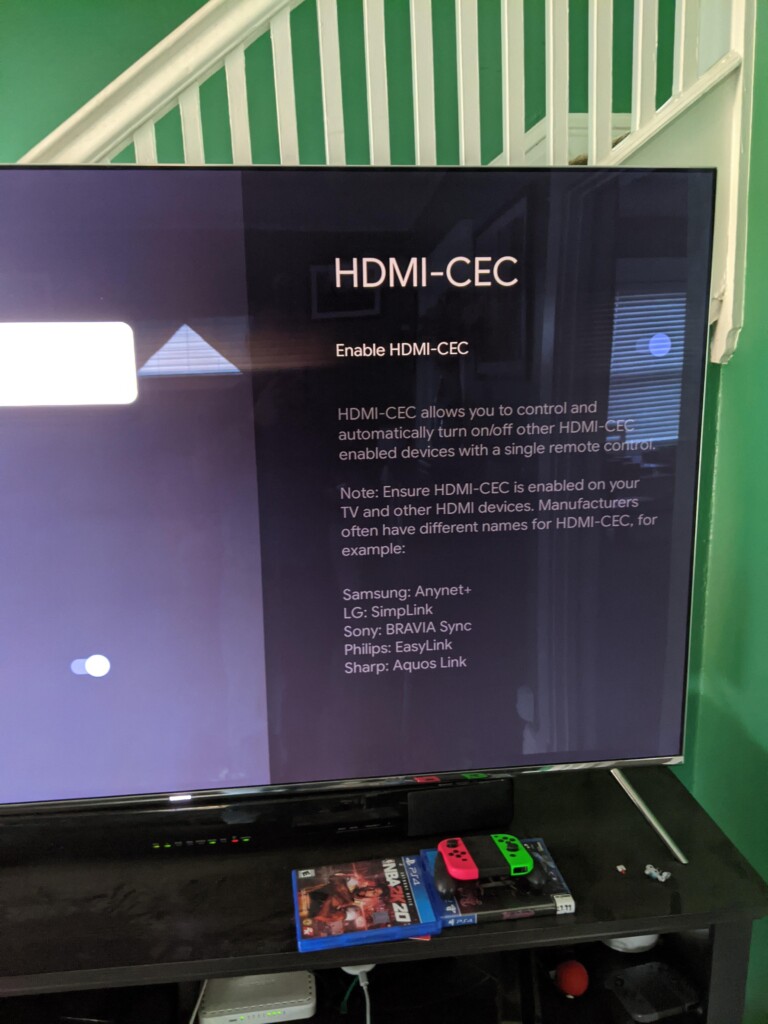
New Chromecast Appears on Walmart Even Though Google Hasn’t Announced It Yet
- The new Chromecast has leaked in full from people who casually bought it on Walmart.
- The device features the new “Google TV” interface, a powerful chip, and plenty of internal storage for apps.
- The pricing is pretty aggressive, which makes sense for Google’s true goals and the existing market conditions.
The rumors and leaks about Google’s next-gen Chromecast have been abundant since June, and the first signs of the launch approaching appeared at the end of August. Now, and while we were waiting to see the device presented in Google’s official hardware event scheduled for tomorrow, customers in ‘Walmart’ and ‘Home Depot’ report that the device is actually already on the shelves and available for purchase.
That’s a pretty weird and out-of-sync way to launch a device, but we can’t ignore it since it's happening.
Source: GSM Arena
Thanks to those who already bought the device, we have the following images showing the interface of the new Chromecast, as well as software and hardware details.
The new device is actually running a new version of the Android TV called “Google TV,” so there has been a refresh on that part.
Credits: fuzztub9000 | Imgur
Credits: fuzztub9000 | Imgur
In summary, the new Chromecast supports Dolby Atmos, Dolby Vision, DTSX, HDR10+, h.265 streams, and up to 4K resolutions. It has 2GB of RAM, 4.4GB of internal storage (250MB are occupied by OS), and runs on a four-core ARM Cortex-A55, which is clocked at 1908MHz.
That should be enough to deliver a smooth content consumption experience. Stadia support, however, appears to be unavailable for now, but it may be added soon.
Credits: fuzztub9000 | Imgur
The dongle features a USB-C port, but we don’t know a lot about what can be plugged there. Possibly, input devices like a mouse or keyboard could be used for more comfortable navigation. Most probably, though, it’s only there for powering the device. In the box, there’s the Chromecast, a remote, two AAA batteries, a power adapter, and a power cable.
Credits: fuzztub07 | Reddit
The remote doesn’t have an IR transmitter, so TV interfacing is done via the HDMI’s CEC. It has a “Google Assistant” button to make searching for things a breeze, and a large circular navigation disk that is comfortable to use.
Credits: fuzztub9000 | Imgur
And as for the cost of the new device, in Walmart, at least, it retails for $49. This is considerably lower than the rumored $79 and a very competitive price in general, which creates a very hard market environment for other low-cost TV casting sticks.
The rise of the smart TV, in general, has squeezed the market of streaming dongles, and the aggressive pricing of the new Chromecast reflects the shifting trends. Also, Google has more to make from entering your home than from selling hardware to you, and this certainly plays a role in the price.












